The MINIMONO Project by the Berlin-based couple, Julieta Benito Sanz and Dirk Lachmann, is a humble attempt by the duo to create a better future. After a rigorous research process that lasted two years, involved the testing of multiple materials, and the production of several prototypes, Sanz and Lachmann have come up with a set of multifunctional furniture that’s also durable and sustainable .
This collaboration between Julieta, an architect and Dirk, an art gallerist and wood designer, combines their technical and artistic capabilities to produce a series of furniture pieces that is long-lasting and can easily be adapted for multiple uses, in myriad environments and by users of different ages, thus making it a suitable product for all kinds of small and large families. The assembly of these furniture pieces also does not require any extra tools.
In an attempt to subvert the normative usage of single-use plastic that take several centuries to decompose, the designer duo decided to follow the principles of circular design in order to contribute towards the reduction of the cumulative waste that is borne out of regularly discarded furniture. The chairs and tables that form part of their latest collection are made out of HDPE plastic sheets, that on the one hand, are upcycled from previously discarded, but non-toxic plastic and on the other, aim to encourage a positive consumption pattern amongst its users.
The production process of these pieces involved the design of the prototypes on CAD software and the cutting of the furniture pieces from flattened plastic sheets with the help of CNC machines. The pieces cut out from each sheet were later accumulated and recycled for the next HDPE plastic sheet.
The philosophy of sustainability does not, however, cease to drive the process at this stage. In fact, it manifests in the way these products are packaged and transported, in flat packs containing unassembled parts of the furniture, thus reducing the carbon footprint of transport and shipment.
Built to last through several generations, these furniture pieces can go from being used as stools, study tables and ladders to display units, seatings and side tables. The usage of plastic sheets also ensures that they are water-resistant and easy to clean, and thus, suitable for usage in both indoor and outdoor environments.





 Sign in with email
Sign in with email


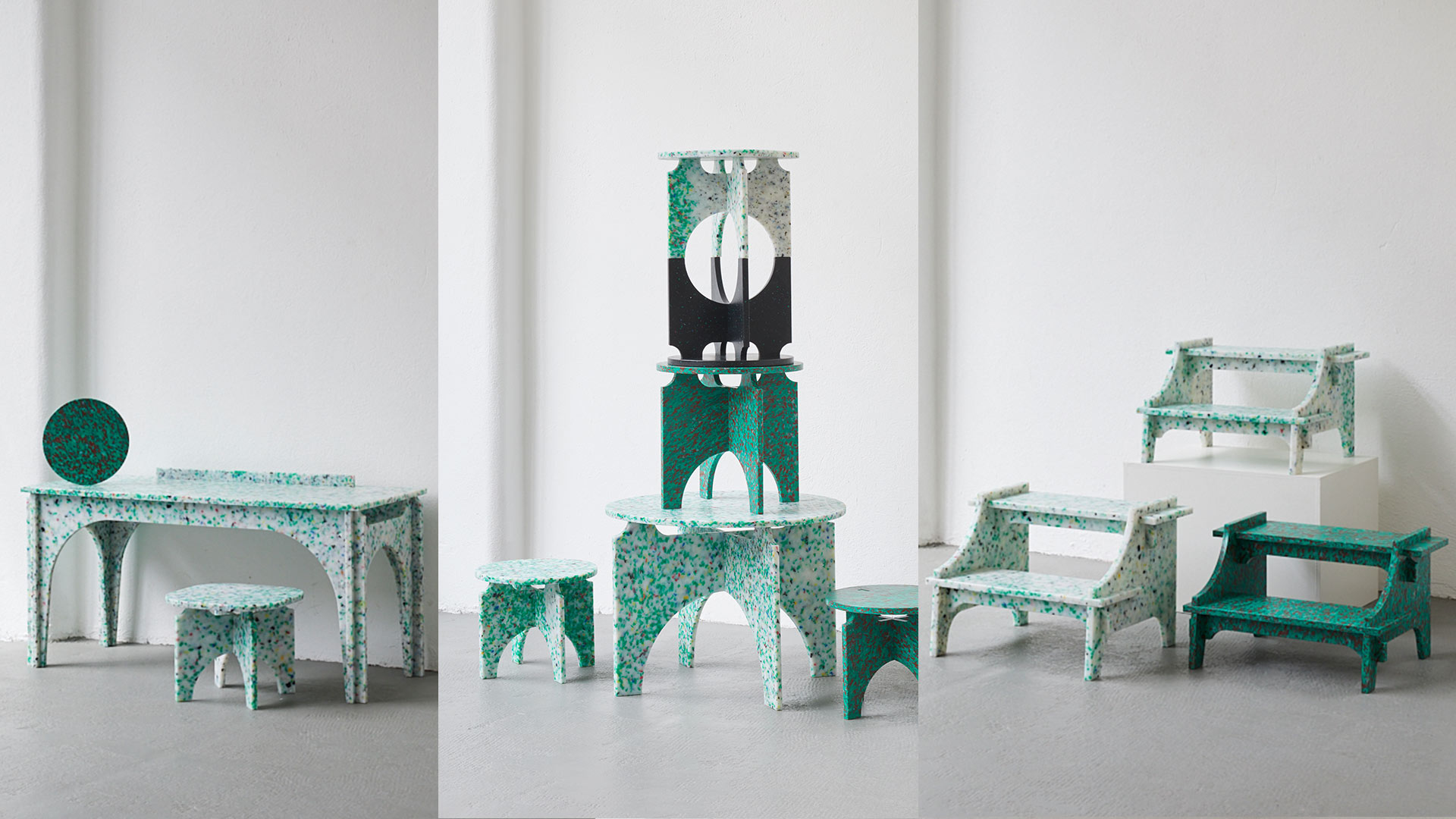
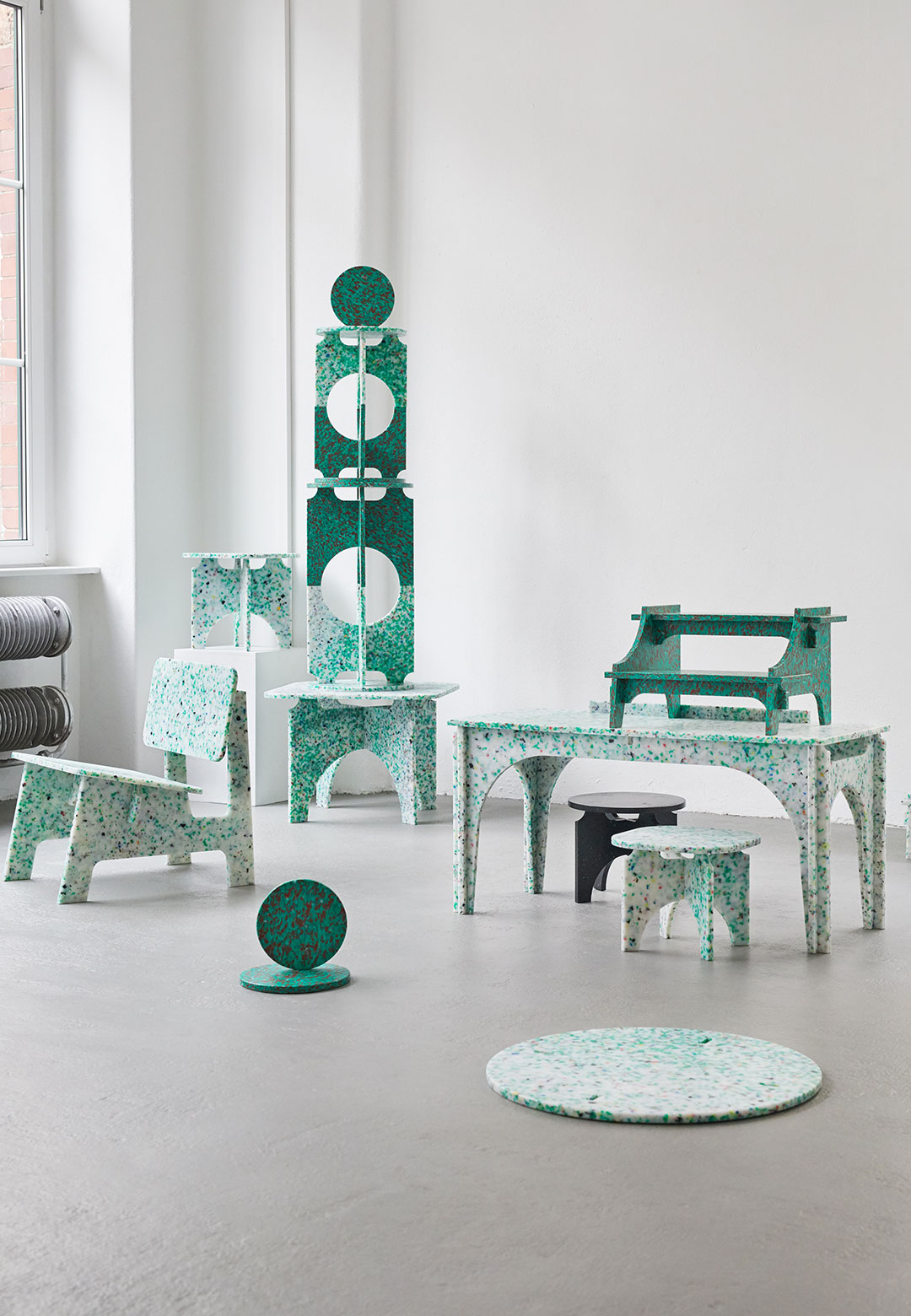
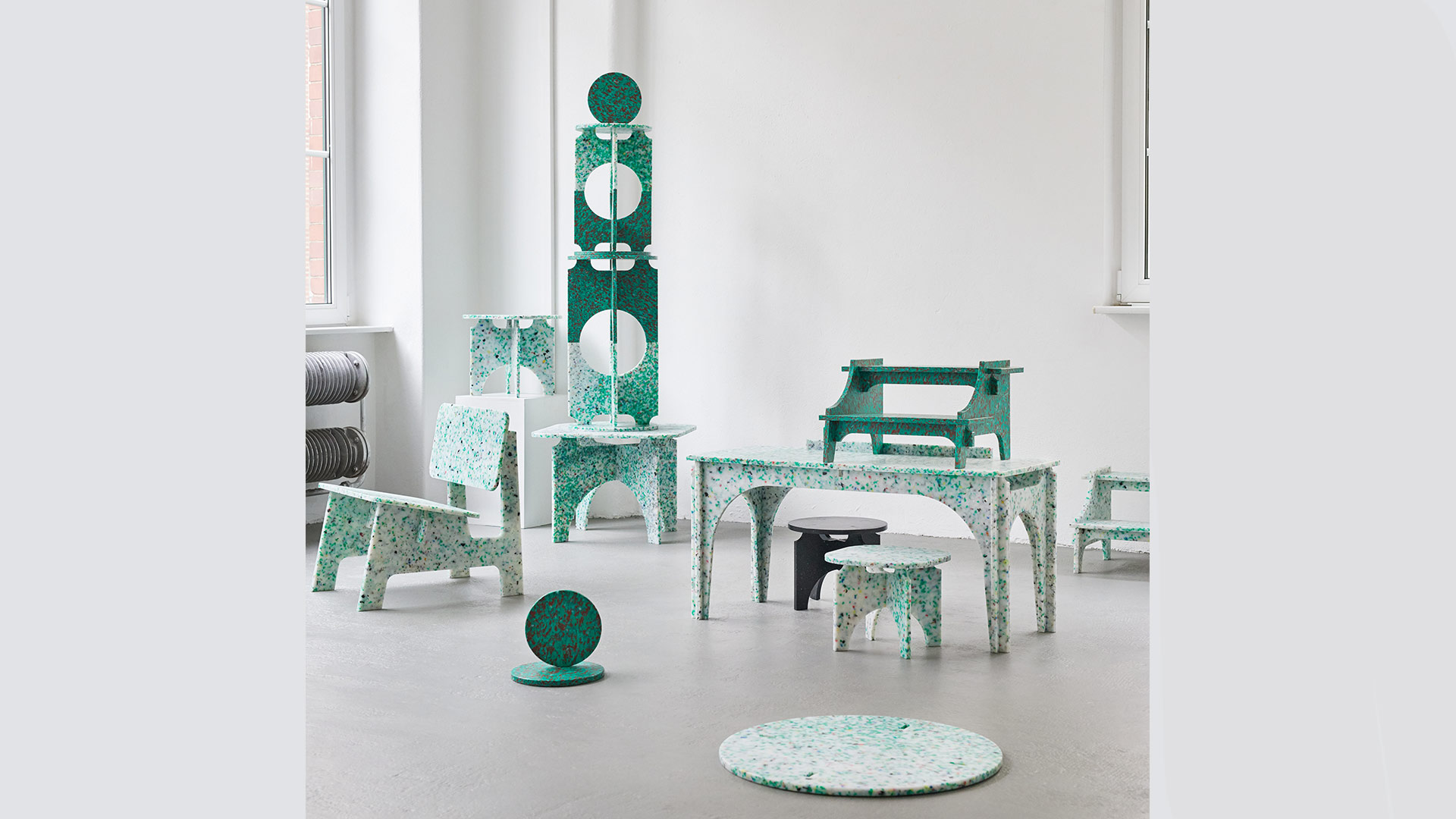
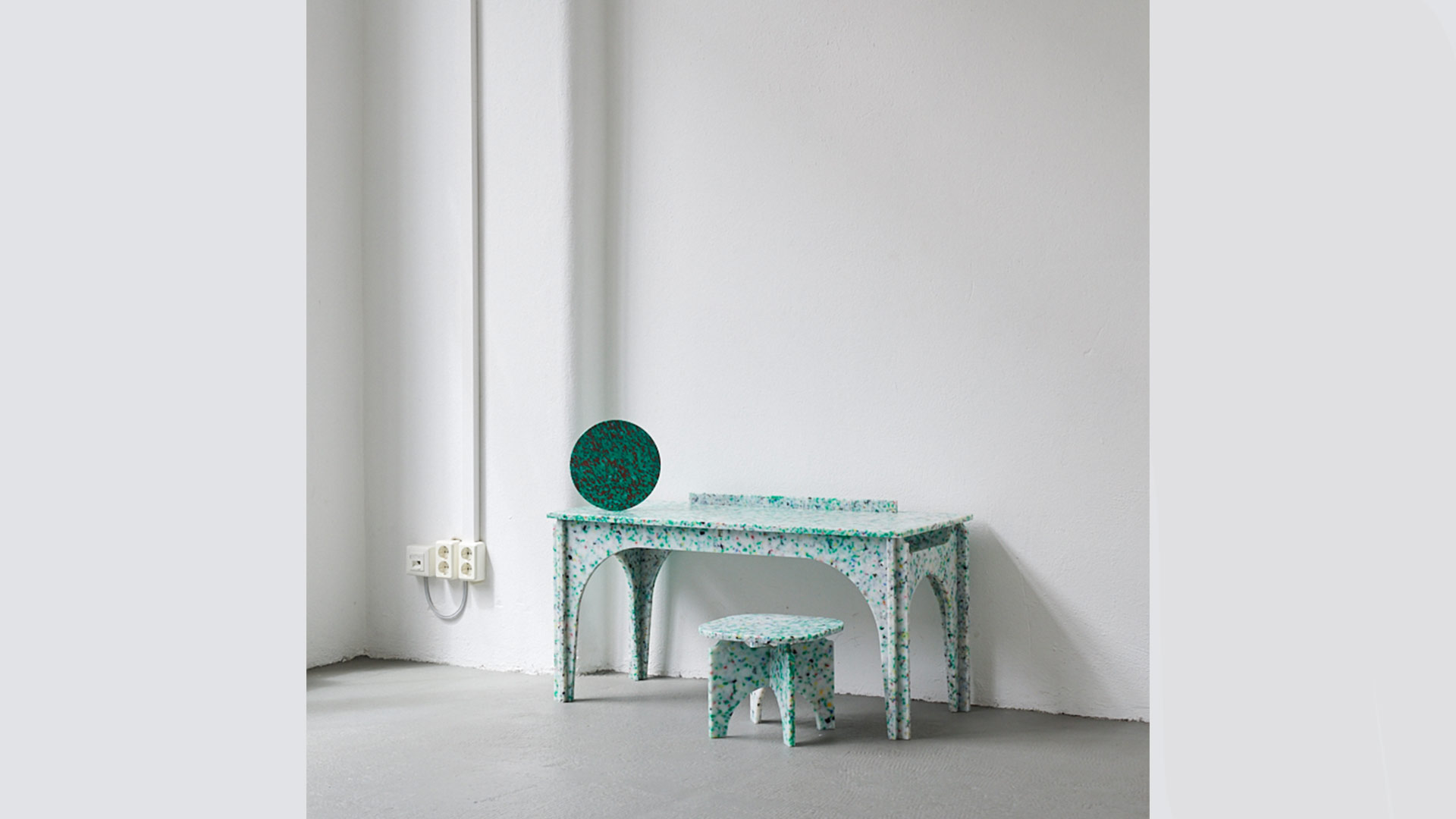
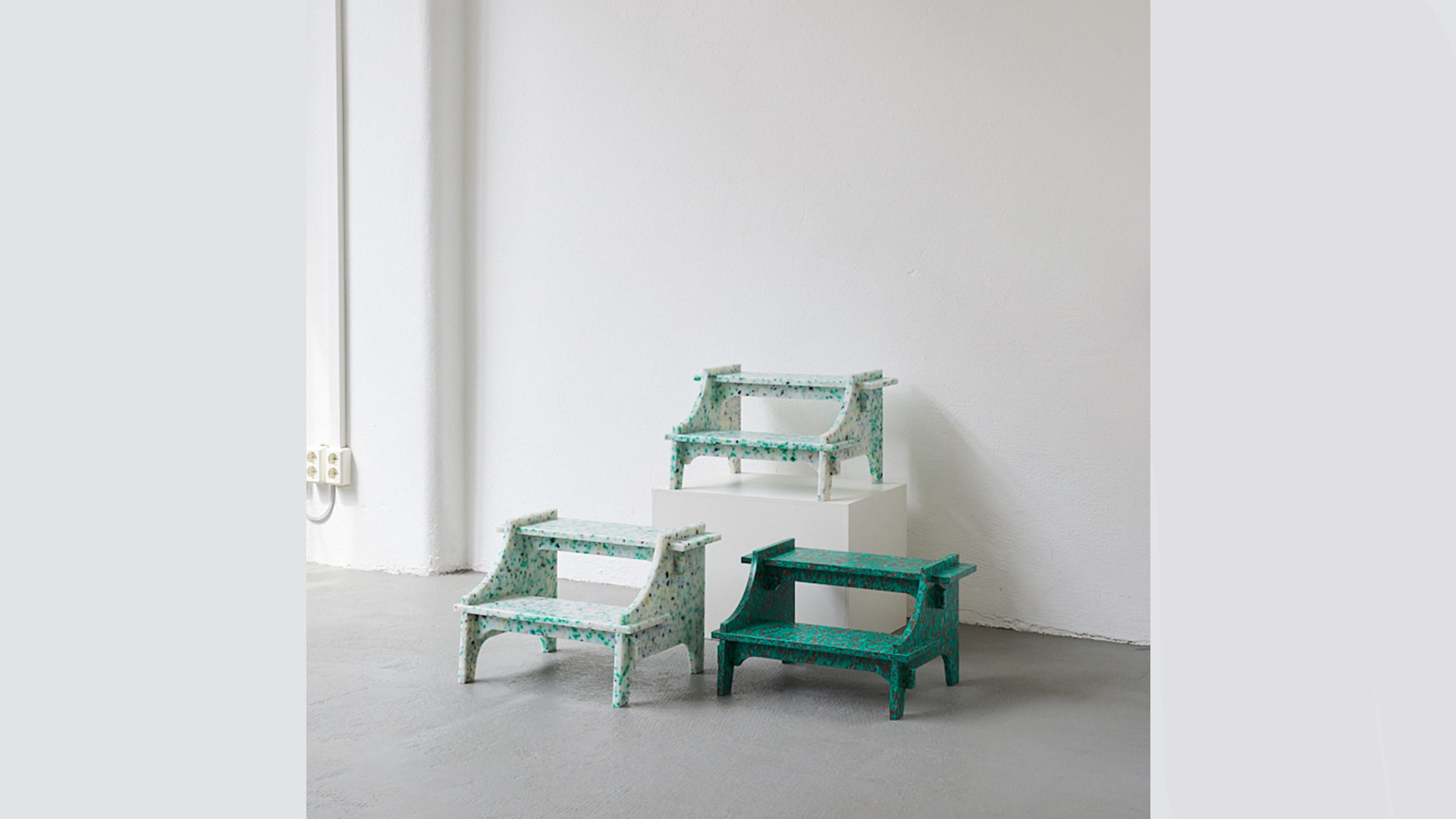
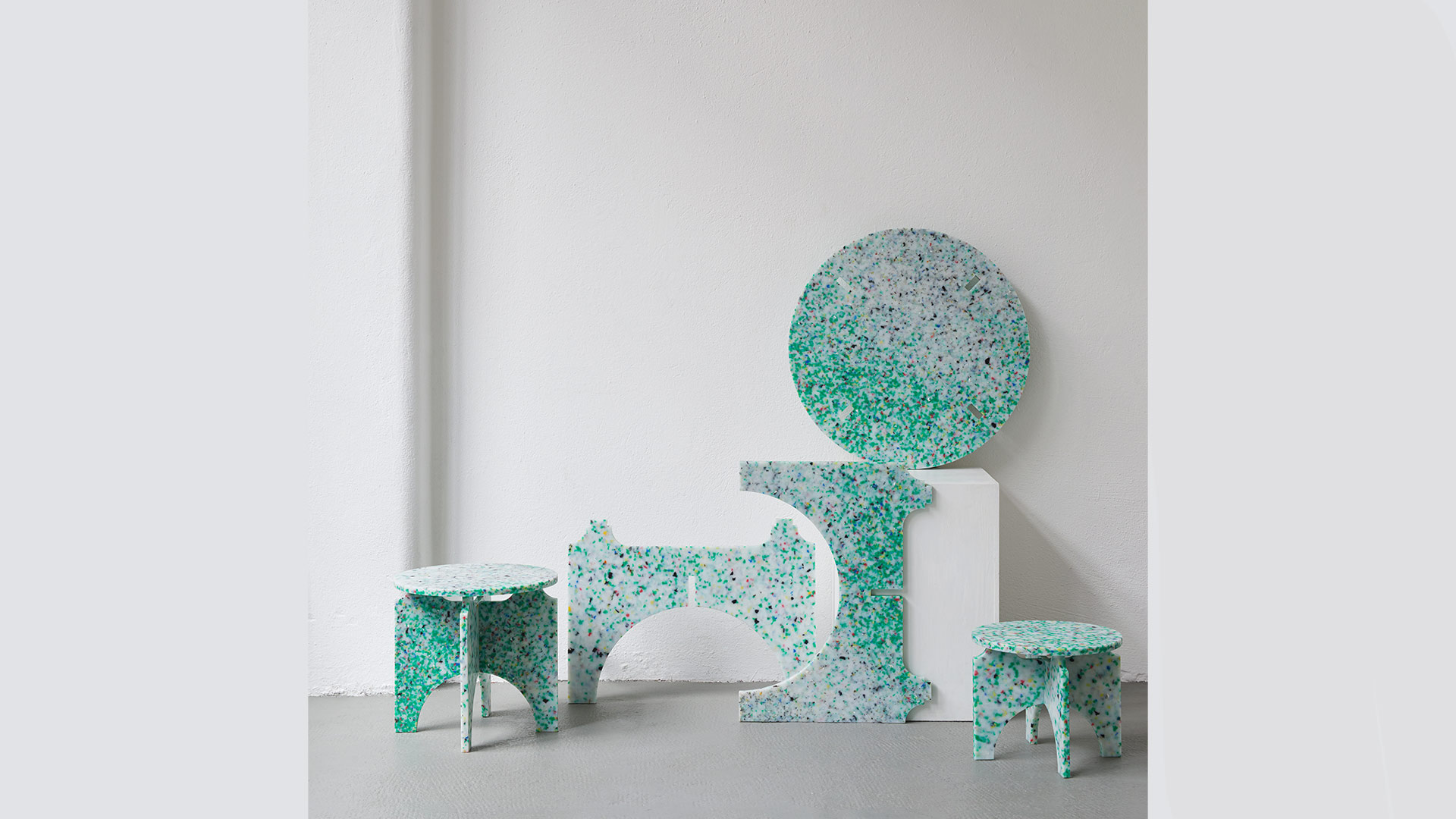
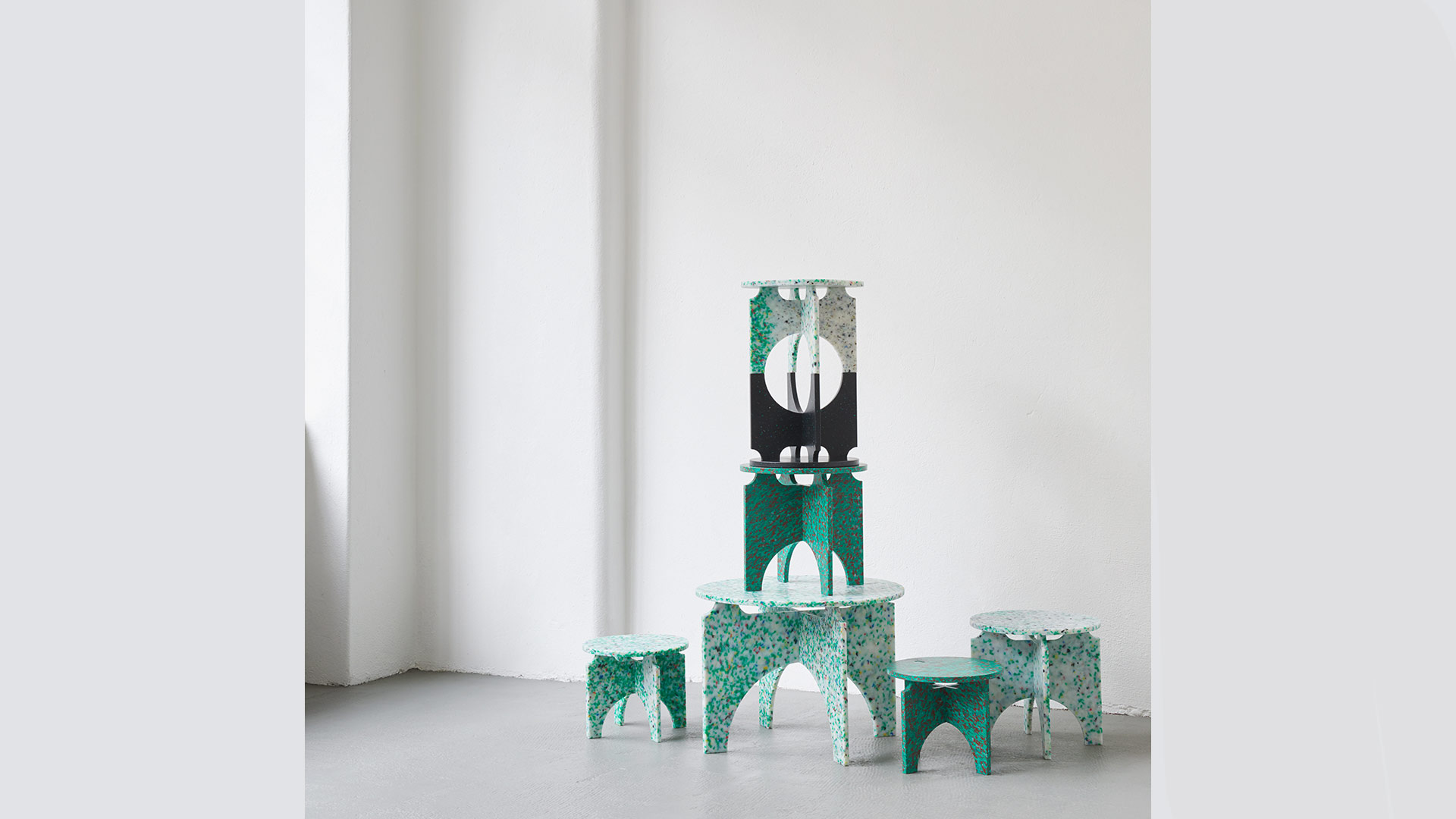
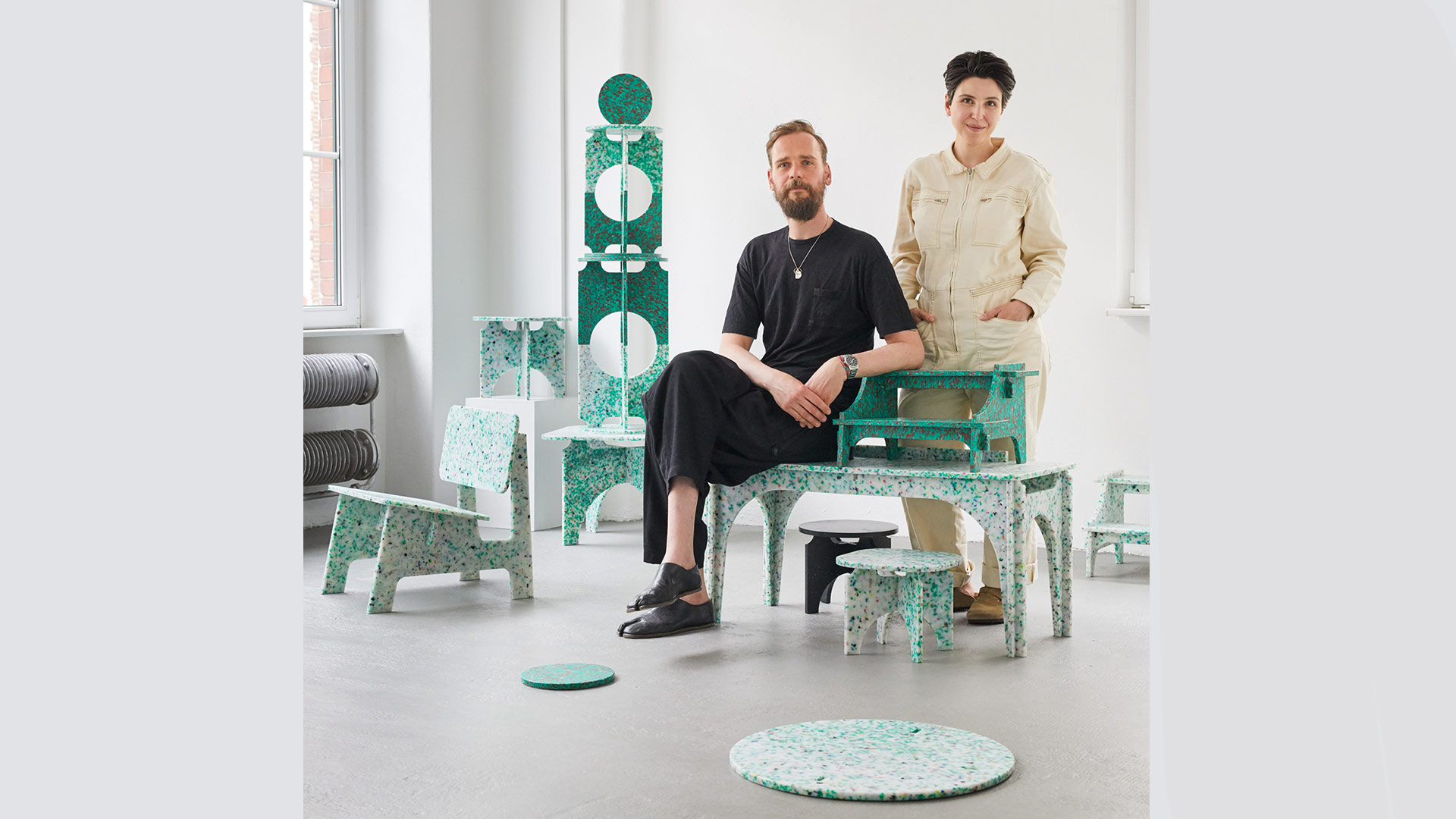






What do you think?